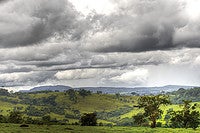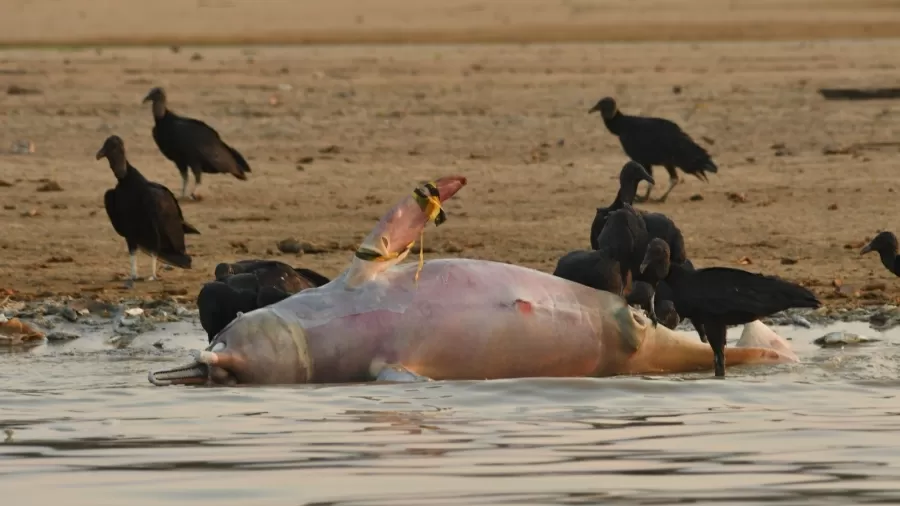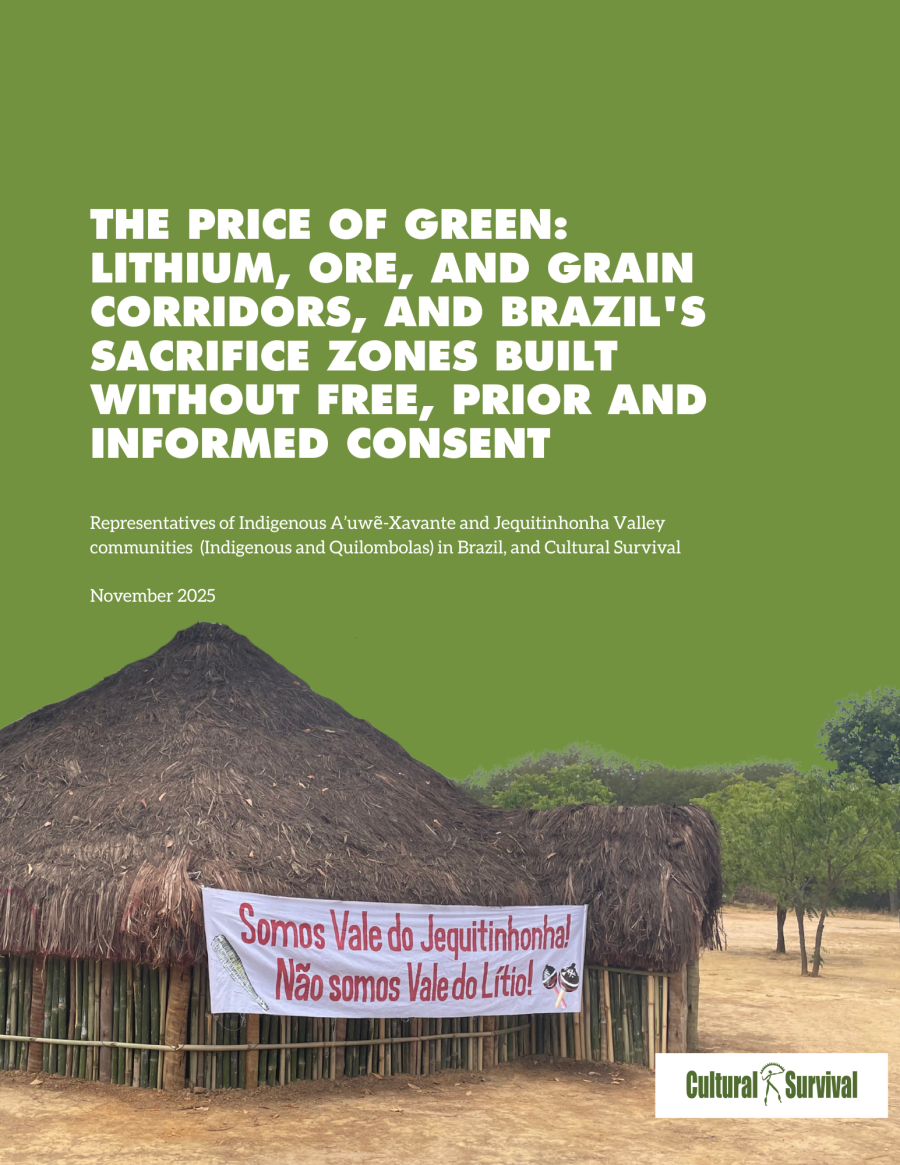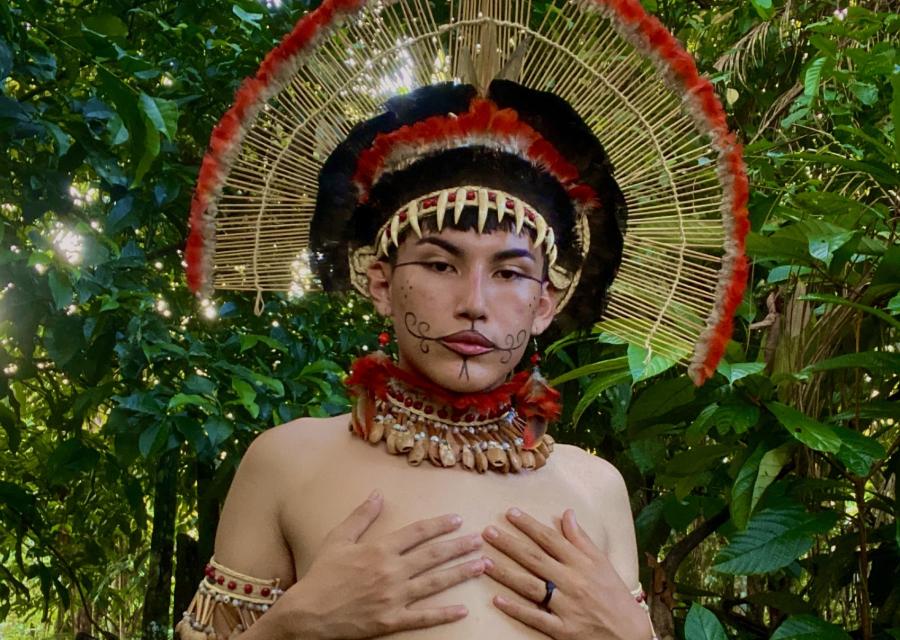 Much of Brazil’s Cerrado has be cleared for agriculture, in this case cattle ranching. Photo by Delcio G.P. Filho (Flickr).Say the words “Brazil” and “Indigenous,” and most people will automatically think of the Amazon and the Indians who live there. But there is another, very different Brazil, one that gets much less attention but that is home to at least as many Indigenous Peoples. The Cerrado is Brazil’s vast savanna, a huge region of grasslands and sparse trees. Cultural Survival had its birth in the Cerrado, when anthropologist David Maybury-Lewis and his wife, Pia, went there to work with the Xavante people. Although he went there as a conventional anthropologist, with an objective approach to ethnographic documentation, he quickly found himself outraged by the abuses that Indigenous Peoples faced, and he and Pia formed Cultural Survival to stop those abuses.
Much of Brazil’s Cerrado has be cleared for agriculture, in this case cattle ranching. Photo by Delcio G.P. Filho (Flickr).Say the words “Brazil” and “Indigenous,” and most people will automatically think of the Amazon and the Indians who live there. But there is another, very different Brazil, one that gets much less attention but that is home to at least as many Indigenous Peoples. The Cerrado is Brazil’s vast savanna, a huge region of grasslands and sparse trees. Cultural Survival had its birth in the Cerrado, when anthropologist David Maybury-Lewis and his wife, Pia, went there to work with the Xavante people. Although he went there as a conventional anthropologist, with an objective approach to ethnographic documentation, he quickly found himself outraged by the abuses that Indigenous Peoples faced, and he and Pia formed Cultural Survival to stop those abuses.
At the time of Maybury-Lewis’ original research, the Cerrado was largely unexplored territory, and the Xavante were feared warriors. Today, it has attracted massive and growing agricultural development. Indigenous Peoples here have had their territories fragmented and destroyed and their cultures diluted or threatened by assimilation and development. In this issue of Cultural Survival Quarterly, we focus on the Cerrado and the changes it is undergoing.
Our exploration of the Cerrado’s Indigenous Peoples begins with an article by this issue’s special co-editor Laura Graham, in which she describes the Xavante people’s remarkable dream performances. It offers a glimpse of how things were for the Xavante at the time of her early fieldwork. Graham’s second article lays out the current state of affairs for the Indigenous Peoples of the Cerrado. This is supplemented by several pieces from the Xavante themselves and other Indigenous writers, discussing how things are changing in the region and what they are doing about it. Finally, we look toward the future of the Cerrado, which has suddenly become cloudy after a controversial Brazilian Supreme Court decision.
This special issue was put together with the guidance of anthropologist Laura Graham, who served as co-editor. She has worked in the Cerrado for 25 years and also serves on Cultural Survival’s board of directors. We also had the invaluable help of Cultural Survival intern Rodrigo Martucci.



